Netizens
How to develop mobile products in the world of the Internet of Things? [IoT device and app]
BACK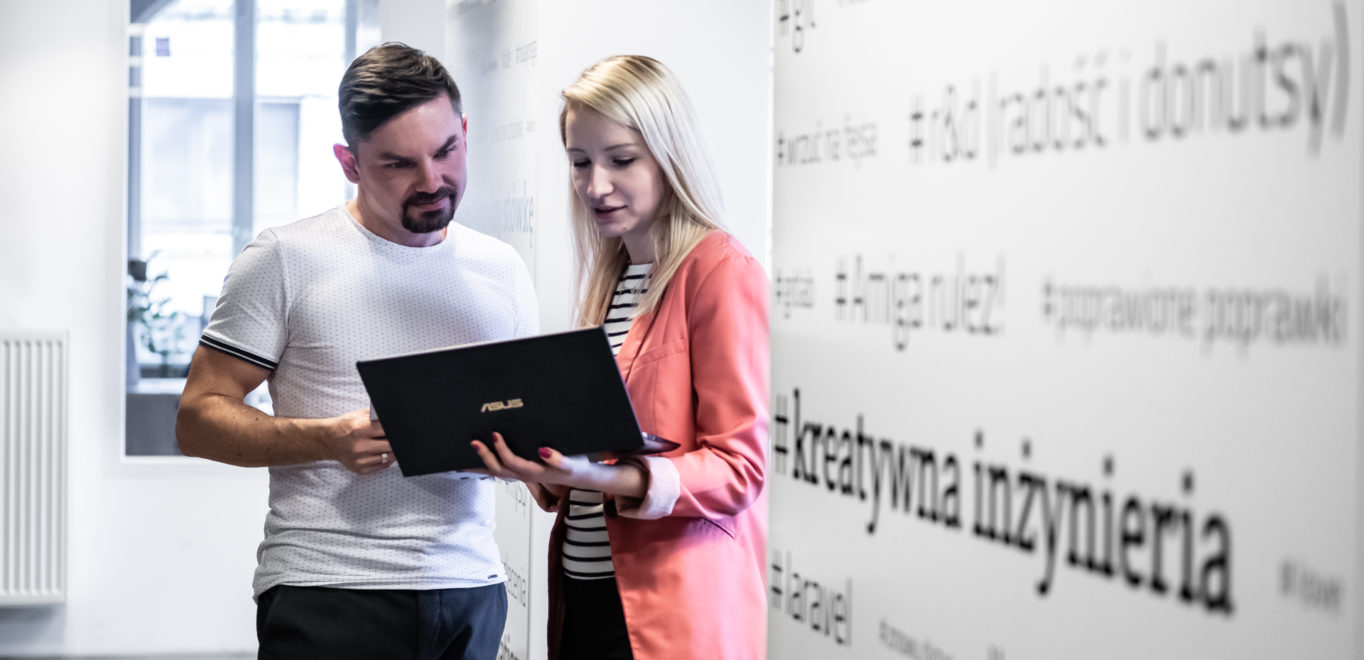
Mobile and IoT worlds intermingle and affect the reality around us. These are not only smart homes, Indutry 4.0, smart retail, or modern medicine, but also sectors, that we wouldn’t have even considered not too long ago. How to successfully create IoT mobile products? How to combine programming and engineering competencies to achieve the intended KPI?
In recent years we have rarely stayed away from our smartphones but a real accumulation of this phenomenon occurred in the time of the pandemic. The smartphone is our tool for work, and also for entertainment, payment, or shopping. The phone with a downloaded application will more and more often serve as a remote to control the IoT products developed by programmers and engineers. The video from Bosch shows it almost 100 percent.
The IoT market is growing
In the times of the Internet of Things, we aim to connect as many devices as possible with each other, to transfer as many of our tasks as possible to them, and finally, we want to benefit from the data collected by them. This is not surprising, since it is estimated that about 127 devices connect to the Internet every second worldwide. The IoT market size grows at an incredible rate. According to the report “Smart home, smart cities, smart world. The development of the Internet of Things” of the Digital Poland Association, the value of the global market in 2018 was $190 billion and, as early as 2026, this value will reach $1.1 trillion. It means that this industry will grow by around 24 percent annually. Moreover, the spending by all industries worldwide on the Internet of Things solutions is to reach $4 trillion by 2022.
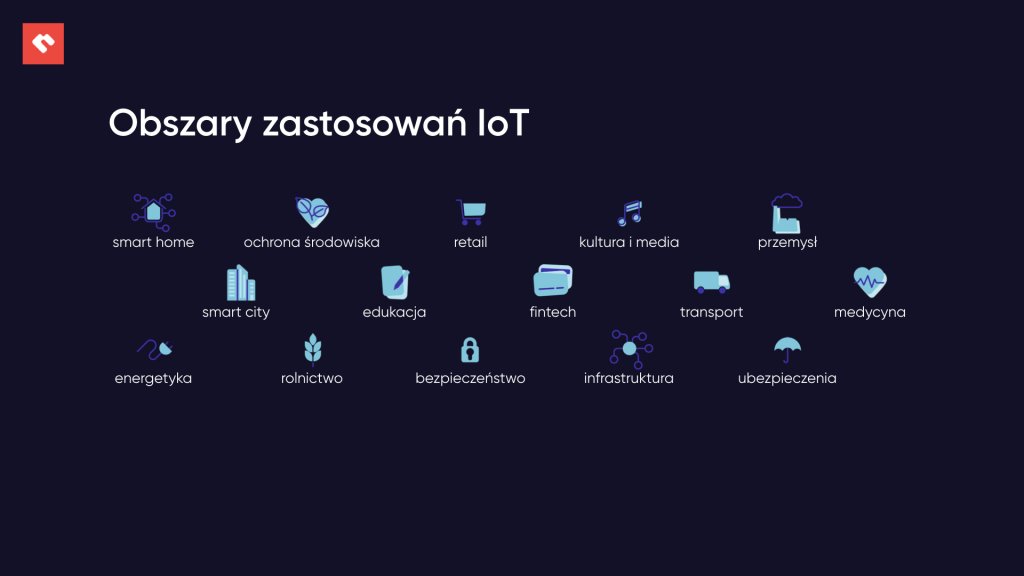
These figures are impressive and no company should pass them indifferently. However, it is important to prepare properly before entering the IoT market. Good research, an individual approach to the business goals, and detailed specification of the requirements of the solutions are crucial before the start. It is also worth knowing how to approach the design works from the side of the smartphone and the device itself.
Advice from a Mobile Developer. What should be considered when developing an application, which is meant to work with an IoT device
From the perspective of a mobile developer, four issues are crucial. Firstly, even before the work on the mobile app is started, it is necessary to carefully select the target range of system versions on which the application is to run – due to the diversity of the devices. The more we narrow this range towards newer versions, the easier it will be to develop the app and to avoid incompatibility in its operation. Focusing on newer smartphones also results in better functional possibilities in the context of the IoT. It includes, for example, larger Bluetooth data packets and the support of the 5G network and NFC module.
Another challenge relates to the apps intended to run in the background even when the phone is not in use. An example is the solutions that constantly scan Bluetooth for beacons. Here, the matter is complicated mainly by the manufacturers of Android phones, implementing their energy-saving features in smartphones. As a result, the system stops the application after a few minutes since the phone was last used. The solution to this problem is to inform the user how to exclude our app from the optimizing system on the phone of a particular manufacturer. If the app uses specific hardware functionalities, such as NFC, which is not present in every device, the user should be offered a substitute functionality. Alternatively, the unsupported devices should be excluded from the shop.

Thirdly, we decide which method is to be used to develop the application. Will it be a hybrid or native version? The choice depends primarily on how closely the particular app is to be integrated with the device. The better coupling with the hardware, the more native application predominates. The hybrid tools adapt the latest hardware solutions with a delay.
Finally, before launching a product on the market, a software update mechanism should be prepared. For the user’s convenience, it is good to implement it wirelessly, using a mobile application. The update mechanism must function reliably. In case of an update error, the device will require servicing.
Advice from an Engineer. What should be considered when developing the IoT device in the mobile context
The “things” of the IoT should be unique and perform one or more of the three basic tasks. They include sensing, controlling, or monitoring. Regardless of the function or the purpose of the IoT device, four essential issues should be determined as part of the analysis before the start of work: communication, actuator, power supply, and “heart.” We begin with the method of communication. It can be direct with the mobile device, for example via Bluetooth, UWB, or Wi-Fi within a LAN. However, the communication of the IoT device is most often indirect. This means that the device sends data directly to the cloud, from where it reaches the user. Such connections are performed using low-power wide-area networks, such as NB-IoT, LTE-M, LoRA, or Sigfox.
Our “thing” should have unique functionality. It may be temperature measuring, lighting control, door opening monitoring, or many other possibilities. Each of these functions requires selecting a suitable actuator in the form of a sensor, controller, key, or detector. The above choices immediately influence the following issues. It is concerned with the choice of the possible power supply of the device – hardwired or battery-powered one, and the choice of the heart of our thing, which is the microcontroller. The task of the latter is to bring the whole together, to manage the power supply and the actuator, and the communication.
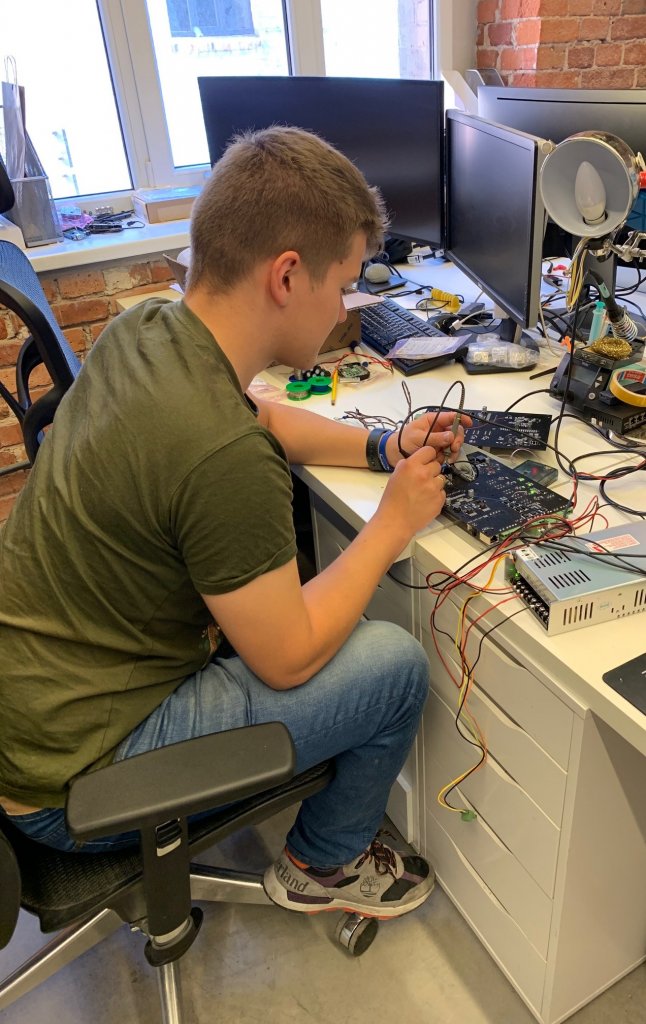
Today, IoT devices in many cases can operate for a long time without battery replacement. However, sometimes this is simply not yet possible. In the near future, the currently implemented design works may prove to be a solution. They include, for example, the N-Zero of American agency DARPA or ARM M0N0 core with ultra-low power consumption. This proves that soon, more and more IoT products will be able to operate without a battery replacement or with the use of energy from renewable sources.
At this point, it is impossible not to mention security. Similar to the traditional Internet, it is also necessary to take care of it in the IoT. Especially since the IoT devices are in a way vulnerable compared to the devices of the traditional Internet. In the case of the battery-powered devices, weekly software and security update is impossible. Thus, it can be concluded that the cybersecurity of the IoT devices is the most important subject in the context of the whole business and works of both programmers and engineers right now.
Artistic selfie
We already know how the process of developing a mobile IoT product begins from the perspective of both a programmer and an engineer. This is the theory, of course, but it is the theory that caused a smooth transition into practice many times at Netizens. The best example would be our latest project, Your Selfie Your Artwork for Samsung, which we developed in cooperation with the Cheil Germany agency. The integrated ecosystem consisted of a mobile app with an AI module, a CMS, and a desktop application built with Electron technology. The mobile app was connected – via WiFi – to the desktop application on a minicomputer connected to the TV. The function of the app was to take a selfie and to apply the filter selected by the user with the use of AI. The user could display the new version of the picture on the TV immediately. You can read more about this realization here.
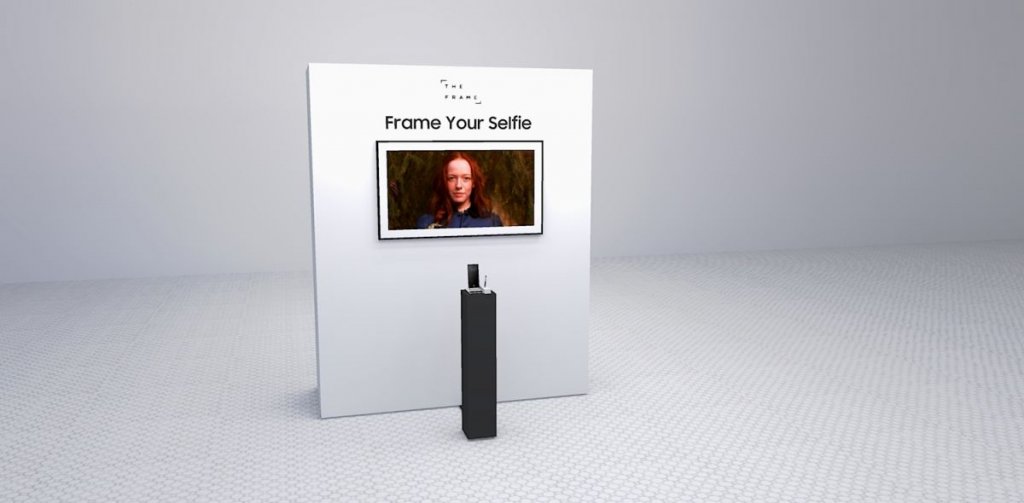
One of the fastest growing industries in relation to IoT is medicine. We have also contributed to the development of such products in the form of a mobile spirometer to control breathing parameters for MySpiroo startup. The R&D team prepared and integrated the whole electronics for the device from scratch. We built the first prototype of MySpiroo, and then made subsequent modifications according to the client’s medical guidelines. In addition, we created a framework in order to build applications for both Android and iOS, with which the spirometer was to communicate. Data from the device could be transferred to the application via Bluetooth. You will find more about this project here.
Mobile IoT in the animal world
In the beginning, we mentioned industries, where we would not expect the solutions from the area of the Internet of Things. Appearances can be deceiving, as evidenced, for example, by… smart litter tray, which communicates with a dedicated application on a smartphone. SpaceKotty device that records how often a cat visits the tray and how long it stays in it. It also notes the weight of the pet, and in case of a sudden drop, it alerts the user. All data collected by spaceKotty about the cat’s condition is displayed in the app, and the most important information is sent in the form of notifications to our smartphone. The application also includes litter tray management. You can read about our work on this project here.
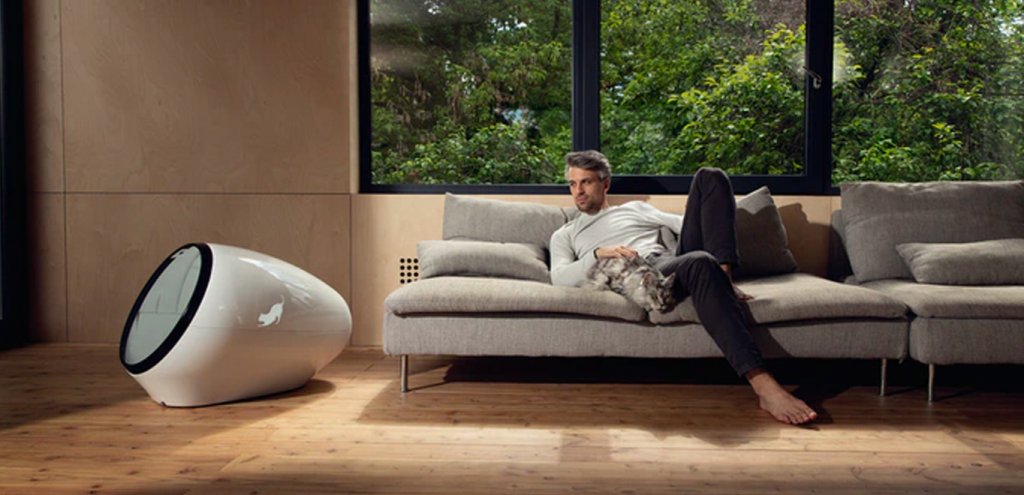
Another non-standard implementation of the IoT product is a lovable Sloth E-zzy from Whisbear. It’s a humming toy that helps children fall asleep and connects to a dedicated app on the parent’s smartphone using Bluetooth. The most important thing for us was its… heart. Owning to it, Sloth reacts with noise to the toddler’s weeping and monitors his sleep, and all the information is received and analyzed by the application. The work for Whisbear required using all our skills in order to complete the project. Speaking of the animal world, a piggy bank together with a mobile app will soon debut – for now, only on the German market. It includes the IoT device, the banking system, software, and the mobile app. We will be able to tell you more about this project and our role in it in the near future.
According to many predictions, IoT has a chance to become the biggest technology market in history. It turns out to be a steady trend, not just a passing fad but. Right now it includes tens of billions of devices connected to the web around the world. In addition, there is a relationship between IoT and mobile, which we observe every day. In the coming years, developing a stronger focus on a synergy of these two environments will be crucial. It will provide efficiency, optimization, and operating speed, increase competitiveness, and facilitate the management of the organization.
Do you have an idea for an IoT product and you are looking for a technology partner who has all the competencies in one place and, in addition, will lead your project comprehensively? Write on nb@netizens.pl. We will answer all your questions and prepare a personalized offer.
Get to know us better and visit our social media profiles – Facebook, Linkedin and Instagram, and check out our website netizens.pro.